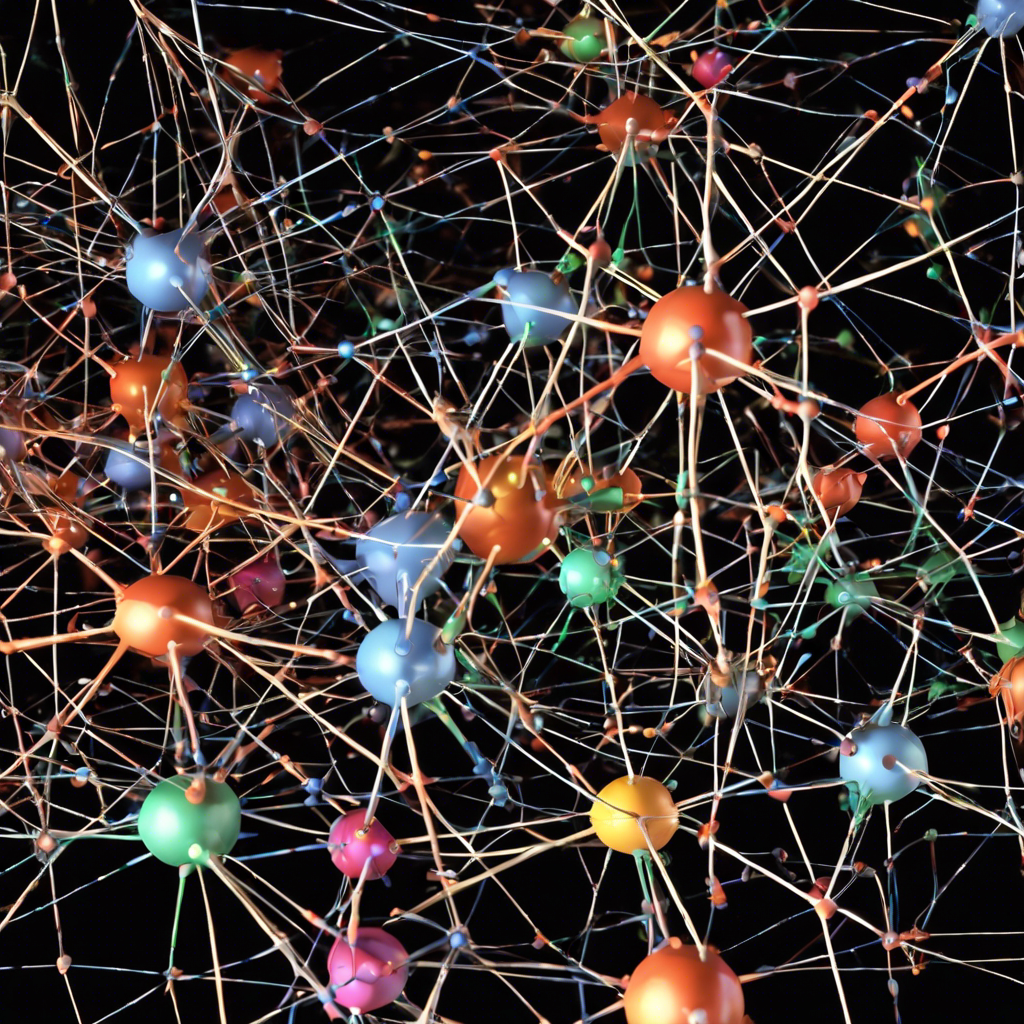Collaborative research by the Stowers Institute and the University of Edinburgh sheds light on the malfunctions occurring during sperm development, potentially paving the way for new treatment methods.
Infertility affects numerous couples worldwide, and in half of these cases, the issue lies with the male partner. A significant challenge faced by about 10% of men is producing minimal or no sperm. However, recent groundbreaking research conducted jointly by the Stowers Institute for Medical Research and the Wellcome Centre for Cell Biology at the University of Edinburgh is offering new insights into the underlying causes of male infertility. This research not only sheds light on the malfunctions occurring during sperm development but also opens doors to potential treatment methods.
Unraveling the Mystery of Meiosis
The research, led by Stowers Investigator Scott Hawley, Ph.D., and Wellcome Centre Investigator Owen Davies, Ph.D., focuses on understanding the malfunctions that occur during meiosis, the cell division process that gives rise to sperm and eggs. Specifically, the researchers honed in on the formation of a protein structure called the synaptonemal complex, which plays a crucial role in holding chromosome pairs together during meiosis. This structure allows for necessary genetic exchanges to occur, ensuring the correct separation of chromosomes into sperm and eggs.
Identifying the Culprit
Former Postdoctoral Research Associate Katherine Billmyre, Ph.D., and her team made a groundbreaking discovery while investigating the synaptonemal complex in mice. They found that a single mutation in a specific region of the protein structure caused it to collapse, leading to infertility. This finding provides crucial insight into human male infertility caused by similar problems with meiosis.
Pinpoint Surgery at the Molecular Level
The researchers used precise gene editing techniques to introduce mutations in the synaptonemal complex protein in mice, allowing them to test the function of key regions of the protein in live animals. Through meticulous modeling experiments and verification, they identified a single mutation as the culprit behind infertility in mice. This pinpoint surgery at the molecular level highlights the significance of understanding the intricate mechanisms underlying sperm development.
Implications for Human Health
Mice have long served as valuable models for human diseases, and this research is no exception. The high conservation of the protein structure across species suggests that the molecule causing infertility in mice likely functions similarly in humans. By understanding the fundamental processes necessary for life, this research offers hope for developing targeted treatments for male infertility.
A Testament to Collaboration and Versatility
The collaboration between the Stowers Institute and the University of Edinburgh exemplifies the power of interdisciplinary research. While the Hawley Lab typically focuses on fruit flies, the discovery of a protein absent in these organisms prompted a shift to using mice as research subjects. The resources and technology centers at the Stowers Institute facilitated this transition, enabling the testing of the new infertility hypothesis in mice. This flexibility and dedication to discovery highlight the Institute’s commitment to advancing scientific understanding.
Conclusion:
The groundbreaking research conducted by the Stowers Institute and the University of Edinburgh provides valuable insights into the underlying causes of male infertility. By unraveling the malfunctions occurring during sperm development, scientists have identified a specific mutation that leads to infertility in mice, shedding light on similar problems in human males. This discovery not only deepens our understanding of the intricate processes involved in meiosis but also offers hope for the development of targeted treatments for male infertility. The collaboration and versatility demonstrated in this research serve as a testament to the power of interdisciplinary approaches in advancing scientific knowledge and improving human health.











